“If you can imagine how it feels to live in a fluid, light, balanced body, free of pain, stiffness and chronic stress, at ease with itself and the gravitational field, then you will understand the purpose of Rolfing.”
What is Rolfing?
Rolfing® is a form of manual therapy that provides specific, hands-on treatment to the connective tissue (which encompasses all the muscles, ligaments, nerves, organs, tendons etc.) to treat restricted movement patterns and chronic pain caused by injury or repetitive stress. It incorporates a combination of direct manual therapy with client education to encourage clients to regain a more active, comfortable and pain-free lifestyle.
What's a session like?
Sessions are 75 minutes long. During your first session we will spend 15 minutes going over your health history and goals for our work together. After we've had some time to chat, I will assess your alignment and movement patterns in standing and walking (this is done at the end of the session as well). This helps me to see where your compensatory patterns are in your body thus, where we will focus on achieving more space and balance.
For most of the session you will be laying on the table as I work with you, applying a variety of pressure and asking you to contribute at times with small movements. Rolfing ranges from very light pressure (nerve manipulation) or deep and intense. It should never be painful, i.e. your body is resisting my input.
Typical Rolfing attire for men and women can be regular underwear or loose fitting gym/yoga wear. Access to skin is great but your level of comfort is more important.
How often do I go?
Rolfing is most effective in the context of a series of sessions. The results of the sessions are cumulative and this allows us to more fully address your body's restrictive posture and movement patterns so that you can feel more comfortable in your body and stay that way.
Traditionally, Rolfing has been delivered in a ten-session series that addresses the entire body. In this treatment plan, the sessions aim to systematically realign the body's blocks (feet, legs, pelvis, back, arms, shoulders, neck, etc.) in order to relieve strain from accidents, injuries, and over and/or misuse. When these body blocks are realigned they begin to work more effectively, allowing for new possibilities in movement and function.
Most people space their sessions one to two weeks apart. Some people space their sessions out as far apart as a month however, there is the possibility that spacing them that far apart will result in a loss of momentum.
Whether you decide to do the full ten sessions or just a few, healthier alignment tends to relieve most painful symptoms and results in an increase in energy and vitality; the body will only be doing as much work as it needs, no longer unnecessarily recruiting muscles to maintain faulty posture and patterns of compensation.
After the initial series of sessions (whether 10 or a few), people do "tune up" sessions at whatever interval they deem necessary. some continue to come bi-monthly, while others only need to get "tune up" sessions a few times a year.
rachel's approach
Rachel has been able to continue her education with the most experienced Rolfing instructors in the country in numerous post-graduate classes including biomechanics, nerve manipulation and craniosacral therapy. Currently she is excited about learning more about the incredible world of pain science, neuroscience and neurophysiology. Her ability to weave together the technical with the subtle, the science with the art is her strong suit and passion.
Rachel has worked with clients from age two years old to clients well into their eighties. Athletes, desk workers, adventurers, musicians, meditators and laborers have gone through Rolfing sessions with her. Rachel enjoys working in conjunction with other health care professionals. Rolfing supports the goals of chiropractic, acupuncture, physical therapy, pilates and yoga.
we're all connected
Image courtesy of Psychology Today
Just as a river tells the story of the effect that the weather had on the land, so too does the body tell the story of our environment. Our social, psychological and biological experiences have a massive effect on our posture and movement patterns. Since your personal story plays such a key role, it is of paramount importance that you view our work together as a participatory experience rather then me "fixing" you. One of our goals together will be to be curious about the sources of your discomfort so as to better understand why the pain or inhibited movement pattern is present. Rolfing is a philosophy who's main objective is to educate the client to relate to their body in a new way by having a different kinesthetic experience.
what rolfing is not
Rolfing is not a quick fix. One of the distinguishing features of this work is that it is designed as a series of ten sessions, systematically and methodically working through the whole body to provide lasting change and integration. This effects the individual on the physical, psychological, energetic and psychological realm. It is a methodical process to release, re-align and re-educate the body and nervous system over time. Start the process by clicking below.
